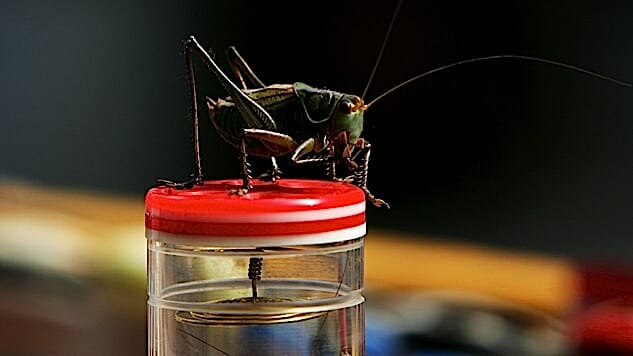Scientists: Devious “Sonic Attacks” on U.S. Diplomats in Cuba Were Actually…Literal Crickets
Photo by Guang Niu/Getty
Crickets can be super annoying, especially when one of them gets in your house and keeps you up all night with its incessant chirping. But all in all, I’d take a rogue cricket, or even a thousand of them, over a mysterious Russian sonic attack.
If you missed the original story, American diplomats in Cuba were subject to alleged “sonic attacks” in Nov. 2016 that left them with a variety of nervous ailments, from the minor (headaches) to the major (hearing and memory loss). Nobody knew what was happening, Russians were vaguely suspected, and then the Cubans themselves. The prevailing suspicion was that some kind of sinister weapon broadcasting dangerous sound waves was being aimed at U.S. and a few Canadian diplomats, though nobody knew exactly how this would work, not to mention why it was being done. Embassy staff was reduced, and Trump even went public blaming the hosts, expelling two Cuban diplomats in Aug. 2017. In all, 26 people claimed some symptoms. For its part, Cuba vociferously denied the attacks, accused the U.S. of lying, and launched a massive investigation. There were many skeptics, and their general take was that the affected individuals were experiencing a “mass psychogenic illness,” which essentially means the suggestion of attacks prompted psychosomatic symptoms. The phenomenon became known as “Havana Syndrome.”
Now, a new study by Alexander Stubbs at the University of California concludes that the “attacks” were actually perpetuated by…a cricket. An actual cricket. The Indies short-tailed cricket, to be precise. The determination was made on the basis of an AP recording of one such “attack.”
The New York Times has the scoop:
-

-

-

-

-

-

-

-

-

-

-

-

-

-

-

-

-

-

-

-

-

-

-

-

-

-

-

-

-

-

-

-

-

-

-

-

-

-

-

-








































